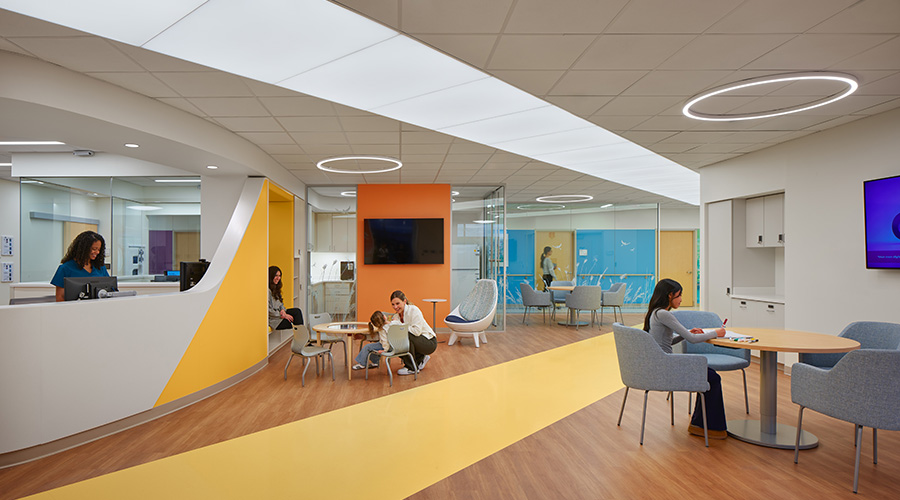Q: We have audible notification devices for the fire alarm system installed in our physician sleep rooms. We have a physician requesting the one in his area be removed. Are we permitted to remove the audible devices or do we have to have them?
A: Well…. I would certainly remove any audible alarm notification devices from a physician sleeping room, but there are some surveyors who are sticklers for them. Here is the reason why:
A physician sleeping room on a patient unit would be considered a mixed occupancy as the physician sleeping room would have to meet chapter 29 Existing Hotels & Dormitories. Section 29.3.4.5 of the 2012 Life Safety Code requires an approved single-station smoke alarm in every sleeping room. A smoke alarm is different than the typical smoke detector in the hospital. The smoke alarm is required to have an audible device when the smoke alarm is activated it will alert the individual in the room. So, technically, the audible device is required and some surveyors actually require it.
However, since the sleeping room is in a hospital, most accreditation organizations allow a hospital smoke detector to be installed in the sleeping room in lieu of a smoke alarm since there is staff on duty that would wake any sleeping physicians in the event of a fire. But, not all surveyors and AHJs see it that way and actually require the smoke alarms with audible devices to be installed.
But perhaps the saving grace for you is the smoke alarm in the physician sleeping room is not required to be connected to the building fire alarm system (a smoke detector would be, but not a smoke alarm) so you don’t have to have a building audible notification device in the sleeping room which would activate everytime the fire alarm system is activated. Just have a single-station smoke alarm that has an audible signal installed, which will only activates if the a fire develops in the sleeping room.
By the way, section 29.3.6.2.2 and 29.3.6.2.3 requires a fire-rated door to that room if the corridor is not sprinklered, and the door needs a closer.
Brad Keyes, CHSP, is the owner of KEYES Life Safety Compliance, and his expertise is in the management of the Life Safety Program, including the Environment of Care and Emergency Management programs

 Contaminants Under Foot: A Closer Look at Patient Room Floors
Contaminants Under Foot: A Closer Look at Patient Room Floors Power Outages Largely Driven by Extreme Weather Events
Power Outages Largely Driven by Extreme Weather Events Nemours Children's Health Opens New Moseley Foundation Institute Hospital
Nemours Children's Health Opens New Moseley Foundation Institute Hospital Code Compliance Isn't Enough for Healthcare Resilience
Code Compliance Isn't Enough for Healthcare Resilience Ribbon Cutting Marks First Phase Completion for New Montefiore Einstein Facility
Ribbon Cutting Marks First Phase Completion for New Montefiore Einstein Facility